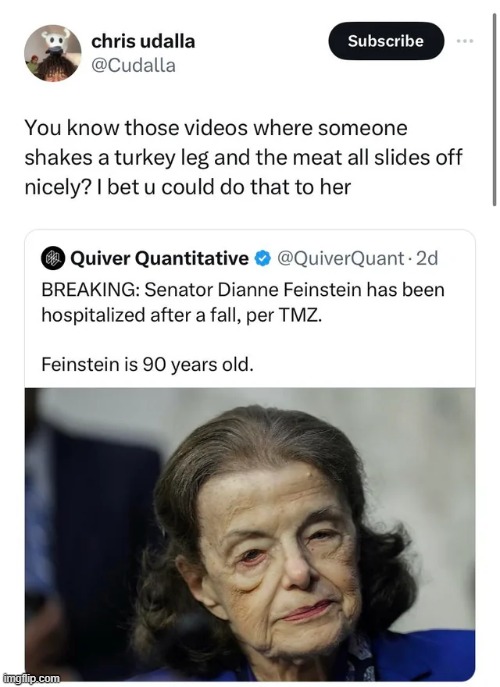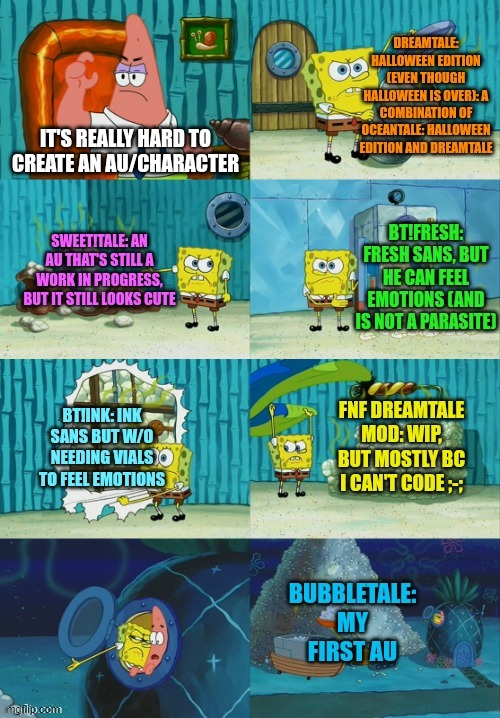Ever scrolled through your feed and found yourself chuckling at a witty image or a relatable video? That, my friend, was likely a meme—a cultural phenomenon that’s become as integral to online communication as emojis and hashtags.
The digital landscape is awash with them, from the simple text-based jokes to elaborate video clips, they’re everywhere. But what exactly is a meme, and how did this peculiar form of expression come to dominate our screens? The answers, as you're about to discover, are more complex and fascinating than you might imagine.
Let's delve into the heart of this digital ecosystem, exploring its origins, its evolution, and its enduring impact on how we communicate, share information, and understand the world around us. We'll consider how a seemingly simple concept has transformed into a potent force that shapes our perceptions, influences our conversations, and reflects the very essence of our shared human experience. But first, what are the actual components?
The definition, though deceptively straightforward, unveils a world of nuance. A meme, at its core, is a unit of cultural transmission, an idea, behavior, or style that spreads from person to person within a culture. This broad definition, coined by evolutionary biologist Richard Dawkins in his 1976 book The Selfish Gene, predates the internet, illustrating that memes existed long before the digital age. Dawkins proposed that memes, like genes, are replicators, spreading through imitation and influencing cultural evolution. In this context, a meme could be anything from a catchy tune to a particular fashion trend. However, the digital era has supercharged the memetic process, transforming it into the fast-paced, visually driven phenomenon we recognize today.
The internet, with its vast network of interconnected users and platforms, has provided the perfect breeding ground for memes. The ease with which content can be copied, shared, and modified has accelerated the replication and evolution of these cultural units. Images, videos, text, and GIFs are readily disseminated across social media platforms, messaging apps, and online forums, reaching vast audiences in a matter of hours. This rapid spread is often accompanied by humorous or relatable content, contributing to a sense of shared experience and collective identity among those who encounter them. The ability to build on an existing meme, creating variations and remixes, further fuels its propagation and ensures its continued relevance. Consider the many faces of the Success Kid, the image of a toddler clenching his fist in triumph, or the various iterations of the Distracted Boyfriend meme.
These are just a few examples of a rich and diverse landscape. To gain a better understanding, lets dive a bit deeper:
One can not talk about the origins of memes without mentioning the influential contributions of early pioneers. Long before social media became the dominant force it is today, the internet’s nascent communities were already experimenting with the creation and dissemination of humorous content. ASCII art, simple text-based images created using keyboard characters, were among the earliest forms of online expression. As the internet evolved, so too did these memes, developing into the more complex visuals and multimedia formats that are commonplace today.
As internet culture matured, new platforms, such as imageboards and forums, emerged. This played a crucial role in the growth of memes, as these sites provided the space for creative experimentation and the sharing of content. Users could exchange memes, remix content, and develop shared cultures. The dancing baby GIF, which originated in the late 1990s, stands as an early example of a meme that spread widely. Its uncanny animation and bizarre context made it a popular choice for humorous and satirical comments.
Memes are categorized by their content, format, and intended audience. There are reaction memes, used to convey emotions and reactions to specific situations. Advice animal memes, which feature anthropomorphic animals offering humorous advice. Image macros, which feature images overlaid with text, and video memes are another very popular category of memes.
The impact of memes extends beyond entertainment. They can be used to communicate social and political commentary, critique current events, and promote awareness of various issues. Memes can also be used for commercial purposes, as brands and businesses leverage them to engage with potential customers and enhance brand recognition. The use of memes in political campaigns is a growing trend, as politicians and their supporters create and share memes to disseminate their messages and influence public opinion.
Memes have become integral to our digital lives, shaping our communication, influencing our perspectives, and reflecting the complexities of human expression in the 21st century. Understanding their origins, evolution, and impact is crucial to navigating the online world and appreciating the ever-changing landscape of digital culture.
In conclusion, a meme is a humorous or interesting item that is spread widely online, or an idea, behavior, style, or usage that spreads within a culture. From the dancing baby to Slender Man, they have captivated internet users for decades and will surely continue to do so.



